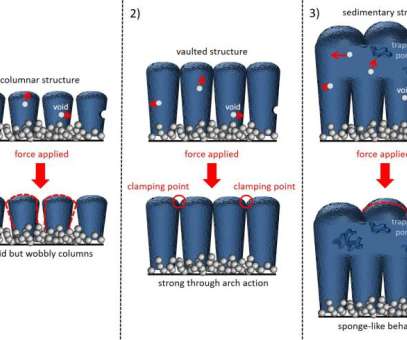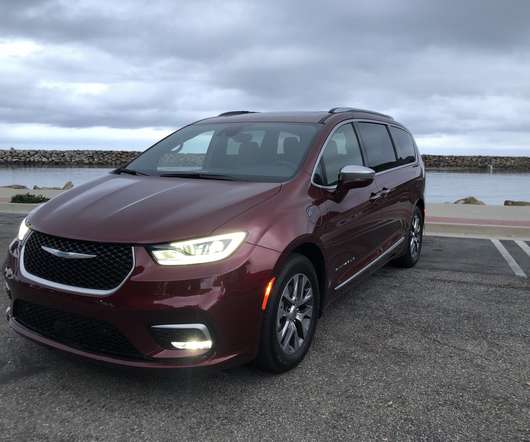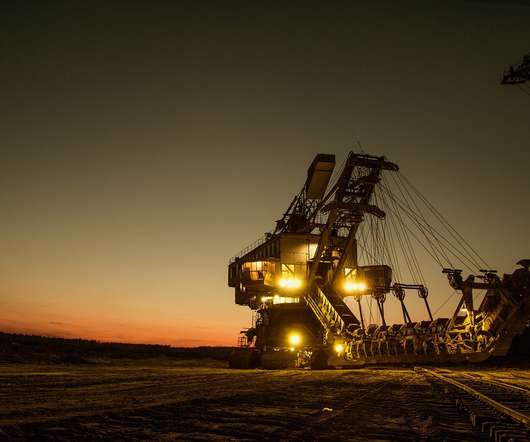Ford researchers to present paper on fast-charging Li-ion batteries at SAE WCX
Green Car Congress
FEBRUARY 22, 2017
At the upcoming WCX 17: SAE World Congress Experience (the re-imagined SAE World Congress) in April, Xiao Yang and Ted Miller from Ford will present a paper on the fast recharge capability of Li-ion batteries and its effect on capacity degradation.
































Let's personalize your content